 CEO partnerships with Supply Chain require mutual dedication, effort, understanding
CEO partnerships with Supply Chain require mutual dedication, effort, understanding
By Rick Dana Barlow
Historically, the general relationship between CEOs, the C-suite and supply chain within healthcare provider organizations (hospitals and other healthcare facilities) hovers like a drone between mild curiosity and downright ennui.
Until something goes wrong, of course. Like a global pandemic, intense weather-related phenomena, labor disputes, shipping snafus (think of the Suez Canal clogged by a container ship three years ago and the Baltimore bridge accident earlier this year as examples) and terrorist attacks, just to name a few. These can impede trade and transportation routes, incapacitate manufacturing facilities and overall cause backorders, shortages and unbecoming personality displays.
Then the C-suite, led by the CFO, CMO and CNO trinity, turns to the COO (if there is one) to see how he or she is going "fix this." Hopefully, there's a well-rehearsed crisis/disaster plan at the ready as the CEO watches the drama unfold.
Generally, it doesn't have to be this way; it shouldn't be this way. But all too often this happens.
Outside of healthcare providers — as in all industries ranging from healthcare suppliers (which count healthcare providers, retail outlets and direct-paying consumers as customers), to manufacturing, distribution, retail, hospitality and food service — supply chain either has a seat at the C-suite table, a dotted line of authority to the C-suite or a high- speed T1 communication line to the C-suite. Mutual admiration and respect remain evident.
Thankfully, strategies and tactics to avert the tense scenarios and emulate what happens in other industries abound. CEOs and supply chain just need to avoid that famously iconic line dialogue about "failure to communicate" from that 1967 film, "Cool Hand Luke."
Open the comm link
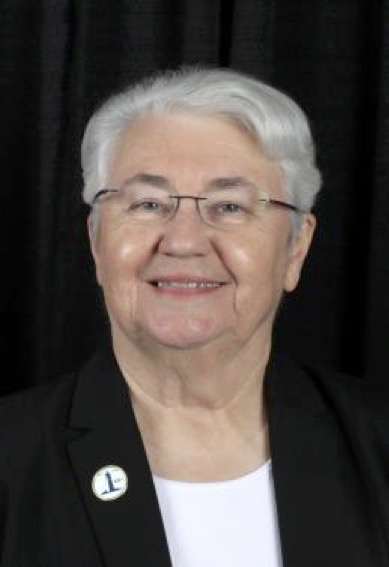
Barbara Strain, CVAHP, Bellwether Class of 2021, Board Chairman, Bellwether League Foundation, and Principal, Barbara Strain Consulting LLC, Charlottesville, VA, knows precisely the challenge.
"A CEO at a large healthcare company gave a keynote speech two years ago in which they said CEOs do not know what's going on in their organizations," Strain told Leaders & Luminaries. "After a jittery laugh from the audience and the nodding of their heads we understood they don't know what we don't tell them.
"My best CEO moments came when they wanted to know what all sectors of the organization were doing with regular live dyad service line reports with executive leadership," Strain continued. "Presenters used standardized templates listing initiatives, timelines, institutional metrics and red/yellow/green status with explanations. The most meaningful point in these sessions was the exchange of ideas amongst all attending and an understanding of where we were going and how we could go there together."

The process starts with communication, according to Tina Vatanka Murphy, President & CEO, GHX, Platinum Sustaining Sponsor, Louisville, CO.
"CEOs can be better partners with their supply chain teams by fostering open communication, aligning on strategic goals and empowering their teams to make decisions that balance efficiency with affordable, quality patient care," Murphy recommended. "I believe a CEO is at their best when they lead with a meaningful mission and vision that builds purpose throughout the entire community of employees and customers. At GHX, we have always shared a common purpose with our community — and that purpose is the patient. To be the best partner in the healthcare supply chain, it's crucial to keep the patient at the forefront of decision-making.
"The best supply chain teams clearly communicate how their decisions impact both the organization's financial health and patient outcomes, ensuring that every action aligns with the company's mission and vision." Murphy continued. "This connection between business decisions and a higher purpose pushes teams to find their own 'why,' which is powerful in fostering a sense of belonging and motivation. When both CEOs and supply chain teams work together with this shared commitment to the patient, they're unstoppable when it comes to driving innovation, improving resilience, and enhancing the quality of care — ultimately leading to long-term success for the organization."
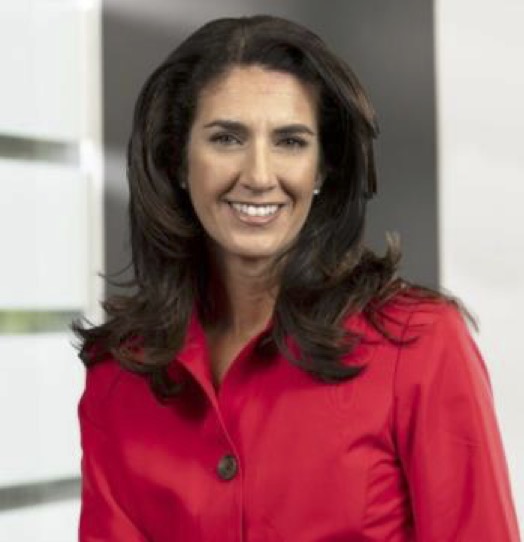
Communication creates and then fosters relationships, insists Marisa Farabaugh, Bellwether League Foundation Advisory Council Volunteer, Senior Vice President and Chief Supply Chain Officer, AdventHealth, Bronze Sustaining Sponsor, Altamonte Springs, FL.
"Relationships matter. Relationships between C-suite and supply chain start in the same place as any other relationships — with trust," Farabaugh indicated. "How you build trust in the C- suite does differ and requires supply chain leadership to see their business from the lens of a broader leader. This means that sometimes the answer supports the supply chain perspective, but other times the solution may not. Supply chain leaders should have clarity around what is important to C-suite leadership and remain focused on this work providing routine updates. Accountability matters. Your word must carry weight."
Elastic empowerment

Ed Hisscock, Bellwether Class of 2022, Senior Vice President, Supply Chain, Trinity Health, Livonia, MI, envisions each side trekking toward the other and meeting in the middle.
"CEOs [must] understand, appreciate and advocate," Hisscock noted. "True understanding is complex and takes time given all the tangled webs we've weaved over the years. Appreciate the 'behind-the-scenes' support provided day in and day out by the supply chain practitioners. Advocate for the change that is required in our industry to take out cost (waste). The status quo cost-cutting that we've been about over the years has put us in far too risky a situation.
"We [in supply chain must] get educated and rise to the challenge. We need far more technically trained supply chain leaders in our industry. Courage will be required to push through the headwinds in our industry," he added.

Amanda Chawla, MHA, FACHE, CMRP, Ammer Honoree Class of 2024, Senior Vice President and Chief Supply Chain Officer, Stanford (CA) Medicine, urges strategic recruitment, followed by empowerment.
"CEOs can serve as a partner with their supply chain teams by engaging supply chain leaders in both strategic and operational capacities," Chawla said. "This involves integrating them into high-level decision-making processes where they can provide valuable insights on cost management, risk mitigation and process optimization. By involving supply chain leaders in strategic planning, CEOs are bringing in the expertise to optimize resource management as supply chain sees and touches every dollar spent in an organization. This collaboration supports the company's long-term goals but also enhances overall efficiency and reduces costs.
"Operationally, CEOs should empower supply chain leaders to be a leader to manage operationally complex needs," she continued. "It also requires giving supply chain the support to negotiate with suppliers representing the organization — internal organizational alignment is essential. Empowering supply chain leaders to make critical decisions ensures that the organization can swiftly respond to market changes and operational challenges, maintaining a resilient and adaptable supply chain."
Still, C-suite executives should toss a lifeline supply chain's way, insists Dee Donatelli, R.N., MBA, Bellwether Class of 2015, Senior Director, Spend Management, symplr, and Principal, Dee Donatelli Consulting LLC, Austin, TX.
"The executive to whom supply chain reports needs to advocate for a supply chain voice with the CEO of the organization," she said. "Communicating to the executive over supply chain the significance of CEO understanding and support is squarely on the shoulders of every supply chain leader."
Economic essentialness
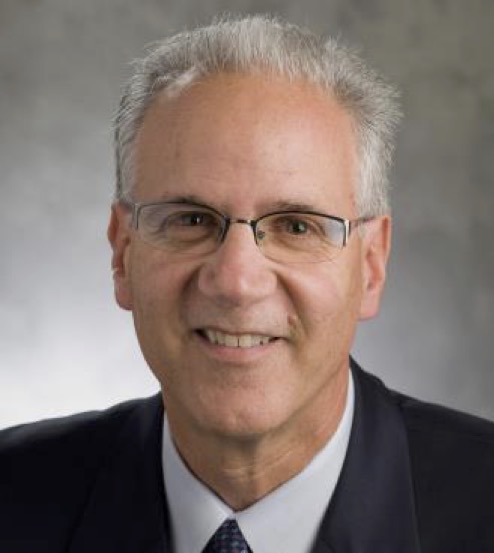
CEOs and supply chain working together no longer should be something of an executive luxury, according to Tom Lubotsky, Bellwether Class of 2022, Vice President, Supply Chain Management, Allina Health, Minneapolis, MN, but a management necessity.
"Governance of the entire non-labor spend management is essential for CEOs to immerse themselves as key sponsors of work," Lubotsky asserted. "As this spend continues to grow as a percentage of net patient revenues, it requires top-level engagement so that frameworks, policies and spend priorities are properly addressed. Secondly, CEOs can play key sponsorship roles among strategic supplier partners in assuring that essential initiatives are formulated with the clear intent to drive mutual value defined and agreed upon. It is too difficult in many cases to drive the strategic work by a healthcare provide by itself. Establishing clear program management to accelerate critical goals rely on these partnerships for accomplishment."
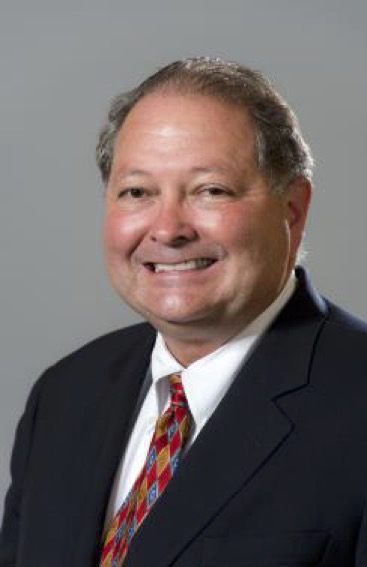
Rand Ballard, Chief Customer Officer, Vizient Inc., Founding Sustaining Sponsor, Irving, TX, anticipates an elevated role and status for supply chain if they earn it — and they must.
"I believe the Chief Supply Chain Officer of the future needs to control all non-labor spend," he said. "CEOs can support this by ensuring the supply chain leader is a key part of the executive leadership team, sitting shoulder-to-shoulder with executive peers as organization strategy is defined.
"In turn, Chief Supply Chain Officers must think more broadly than typical 'cost management' and apply a total resource management view across their operations," Ballard continued. "These leaders take a data- driven approach to understanding cost, quality and market performance as well as to identify opportunities for improvement. The most successful supply chain leaders build and develop teams of category experts in areas such as Physician Preference Items, Indirect Spend and Purchased Services, Pharmacy and Medical/Surgical products who focus on sustaining financial improvements while enabling clinically integrated and operationally efficient supply chains."
This requires training and development, according to Angie Haggard, CEO, RDA Healthcare, Event Sponsor, Oak Ridge, TN.
"Make sure the supply chain leaders have training to share the supply chain teams' progress at an executive level. Engage supply chain leaders in strategic planning discussions to ensure supply chain plans/strategy align with the organizational strategy," she noted.
Charlie Miceli, Bellwether Class of 2023, Strategic Advisor for Network Finance, The University of Vermont Health Network, Burlington, VT, encourages a boots-on-the-ground approach to make this happen.
"CEOs [must] pull some time on the dock or in the warehouse and tour with your site leaders on the nursing floors," he recommended. "Supply chain [needs to] present the state of supply chain with your CEO at a board meeting."

If these two groups fall short of being close-enough aligned, then they are behind where they likely should be, contends Mike Langlois, Board Treasurer, Bellwether League Foundation, Healthcare Supply Chain Resource, Langlois & Associates LLC, Grosse Pointe, MI.
"I believe CEOs must now have a better understanding of healthcare supply chain post-COVID and the impact it has on patient care," he said. "We have seen massive elevation of the supply chain leaders in healthcare, gaining a seat at the highest executive levels of the organization. If the CEOs continue to share strategic directions of the organization, the supply chain leaders can adopt their strategies to meet the needs of the ever-changing healthcare organizations."
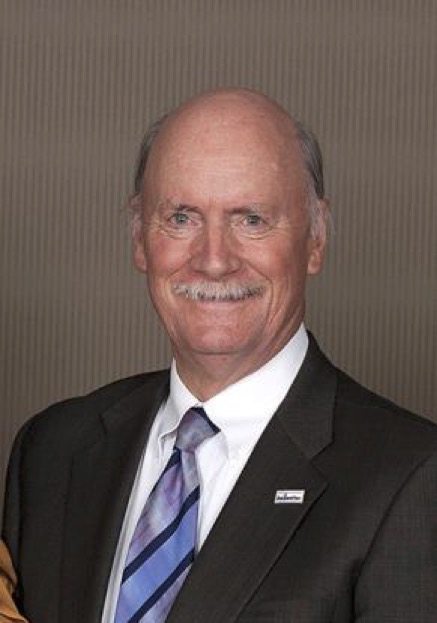
Richard Perrin, Bellwether Class of 2014, CEO, Active Innovations, Annapolis, MD, turns to the tried-and-true recommendations of two prominent and published business management advisors.
"The lessons of Steven Covey and Peter Drucker come to mind as some of the basic tenets of management that I have followed over many years," he said. "Their perspectives and teachings can be applied in both directions from the CEO partnering with supply chain leadership as well as supply chain executives partnering with their staff and supporting vendors.
"Peter Drucker published his work, The Effective Executive, in 1966, but a current review of executive leadership will show that this book is still highly regarded for the sound advice he gave then that is still applicable today. Foremost among the lessons that he discusses are the following:
- Focus on outward contribution and build on strengths.
- Focus on areas where superior performance will provide outstanding results.
- Establish priorities and stay with your priority decisions.
"Covey addresses management concerns as first defining effectiveness as based on a balance of obtaining desired outcomes with consideration for management's guidance in achieving those results," Perrin said. "Highlights of his key plaudits that I have followed for many years are:
- Seek first to understand and then to be understood.
- Be proactive in putting things first that will have the maximum impact on generating the desired results.
- Always give consideration to how best to work together to achieve the desired results.
"Of course, these elements of leadership work in both directions — from the senior leadership to supporting executives and vice versa," he added.
Sources: The Effective Executive, by Peter Drucker, Harper and Rowe, New York, 1967, Library of Congress 67-11341
The 7 Habits of Highly Effective People, by Stephen R. Covey, 1989. Dewey Decimal: 158 22, Library of Congress Class: BF637.S8 C68 2004